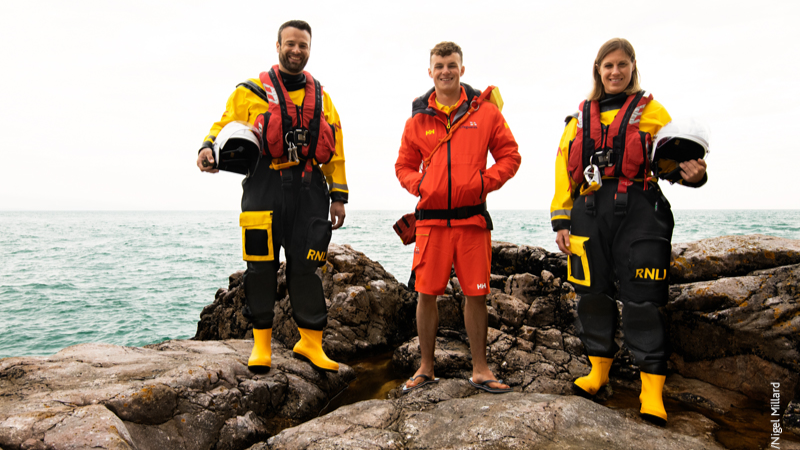

The first boat on the scene, the all-weather class, attached a towline and put a casualty-trained volunteer aboard to assist the wounded sailors, despite the heavy seas. Lifeboat crew may answer a “shout” that takes them at any hour of day or night to rescue a stricken vessel in foul weather with injured crew aboard, an attempted bridge suicide, a boating collision or a kayaker or kite surfer in sudden danger.Ī recent rescue in rough weather off the coast of Wales saw two RNLI crews dispatched to assist: an all-weather lifeboat and a fast-inshore lifeboat. But they are well-equipped, well-trained and well-funded. The RNLI Inshore Lifeboat Centre in Cowes on the Isle of Wight supplies and maintains most of these. There are also 264 inshore lifeboats from five classes-for rescues in shallow waters, surf and near rocks-and seven hovercraft. These are designed, built and maintained in Poole. One hundred and sixty of these are from five classes of all-weather lifeboats, capable of high speed in offshore conditions, safe operation in all weather and self-righting after capsize. The RNLI has a fleet of specially built rescue craft.

Crew receive training that costs an average of more than $2,000 per person, per year. The Poole facility also provides accommodation, classrooms and distance-learning resources and has a state-of-the-art lifeboat simulator, wave tank and engine workshop. RNLI headquarters in Poole, Dorset, sets these high standards and implements the training.

You start as Shore crew, learning to launch a boat for a rescue, then join a Boat crew and can eventually reach Helm.”Īlong the way, there are constant drills and assessments, improving and testing not only volunteer skills but emergency acumen. “There are a lot of boxes to check as you work your way up and until you check all of them, you’re considered a trainee. “We don’t have anything like this at home,” he says. While some capsize training takes place in a pool at RNLI’s Poole station, regular runs in snotty conditions are integral to get it down.


 0 kommentar(er)
0 kommentar(er)
